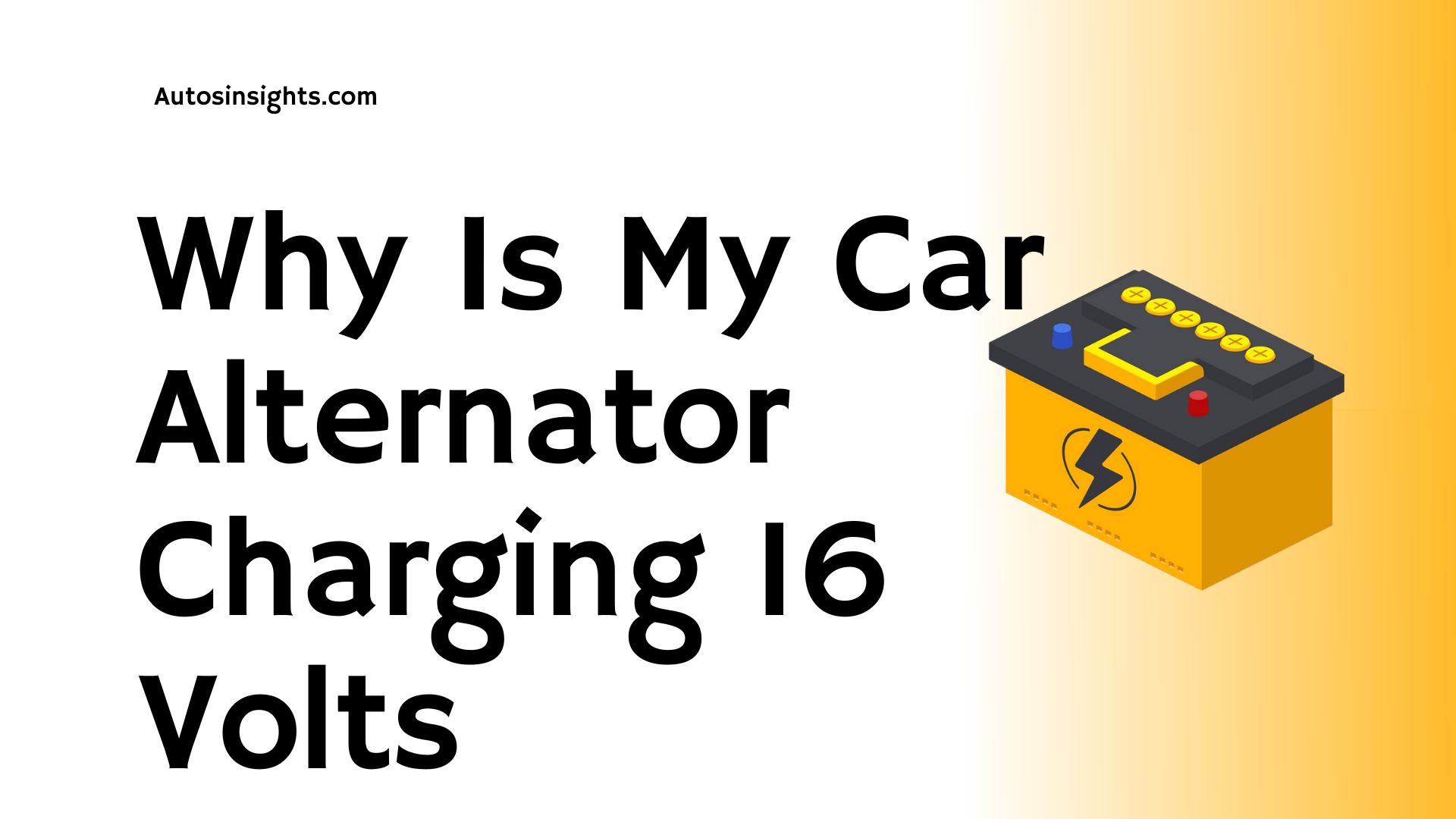Why Is My Alternator Charging At 15 Volts

A charging system spitting out 15 volts instead of the usual 13.8-14.4? That's a question that might sound like a problem confined to yesterday's combustion engines, but understanding it reveals crucial insights into the future of automotive technology, even as we hurtle towards electrification.
While a 15-volt output might immediately point to a faulty voltage regulator within the alternator itself (or even a damaged battery causing a feedback loop), the underlying principles at play are becoming increasingly relevant in the era of complex hybrid and electric vehicle (EV) power management systems. Consider this: in a conventional vehicle, the alternator is solely responsible for replenishing the battery and powering the electrical loads. In a hybrid or EV, the roles are more nuanced. The high-voltage battery pack is the primary energy source, and a DC-DC converter steps down that voltage to run the 12V (or increasingly, 48V) accessory systems. This DC-DC converter acts, in essence, like a sophisticated, solid-state alternator.
The Shifting Landscape: Power Management in the Age of Electrification
The problem of overcharging, or any deviation from the ideal voltage, takes on a new dimension. Instead of a mechanical alternator's regulator failing, we're dealing with complex software algorithms, temperature sensors, and intricate communication networks governing the DC-DC converter. A faulty sensor, a software glitch, or even a poorly designed thermal management system can all contribute to voltage irregularities. Imagine a future where your EV's battery management system (BMS), mistaking low temperatures for a drained 12V battery, aggressively commands the DC-DC converter to output 15 volts – potentially damaging sensitive electronics. This is not just about preventing headlights from blowing; it's about safeguarding critical onboard systems.
Furthermore, the rise of 48V systems in mild-hybrid and even some conventional vehicles adds another layer of complexity. These systems often employ integrated starter-generators (ISGs) that act as both a starter motor and a generator, providing regenerative braking and boosting the engine during acceleration. Like alternators, ISGs are voltage regulated. But unlike traditional systems, their control is often tightly integrated with the vehicle's engine control unit (ECU), anti-lock braking system (ABS), and transmission control unit (TCU). A 15-volt output from an ISG could indicate a communication breakdown between these critical modules, highlighting the increasing importance of robust cybersecurity in modern vehicles.
Challenges and Opportunities: Software, Sensors, and Security
The good news is that advanced diagnostics and over-the-air (OTA) updates are becoming increasingly prevalent. A 15-volt alert might soon trigger a self-diagnostic routine, automatically identifying the faulty sensor or software bug and even initiating a remote software patch. This predictive maintenance capability will become essential for ensuring the long-term reliability of electrified vehicles.
However, challenges remain. Data security and privacy are paramount. Ensuring that OTA updates are secure and cannot be exploited by malicious actors is critical. Moreover, the increasing reliance on software introduces the potential for new types of failures. Bugs that were previously unimaginable in purely mechanical systems could now lead to significant problems. Robust testing and validation procedures are essential to mitigate these risks.
Another challenge lies in the integration of different charging standards and protocols. As EVs become more prevalent, the grid infrastructure will need to adapt to handle the increased demand. Standardized charging protocols and smart grid technologies will be essential to ensure efficient and reliable charging.
The Future of Mobility: A Symphony of Electrons
Looking ahead, the concept of the "alternator" as a separate component will likely fade away, replaced by integrated power management systems that seamlessly distribute energy throughout the vehicle. These systems will be smarter, more efficient, and more adaptable to the driver's needs. Imagine a car that dynamically adjusts its charging voltage based on driving conditions, weather, and even the driver's mood. This future vehicle will be a symphony of electrons, orchestrated by intelligent algorithms and powered by renewable energy sources.
The humble alternator, and the question of why it might be charging at 15 volts, is a reminder that even the most seemingly mundane automotive components are evolving rapidly. As we embrace electrification and smart technologies, understanding the underlying principles of power management is more important than ever. The future of mobility is not just about driving; it's about managing energy efficiently and securely. And that’s a future worth striving for.
